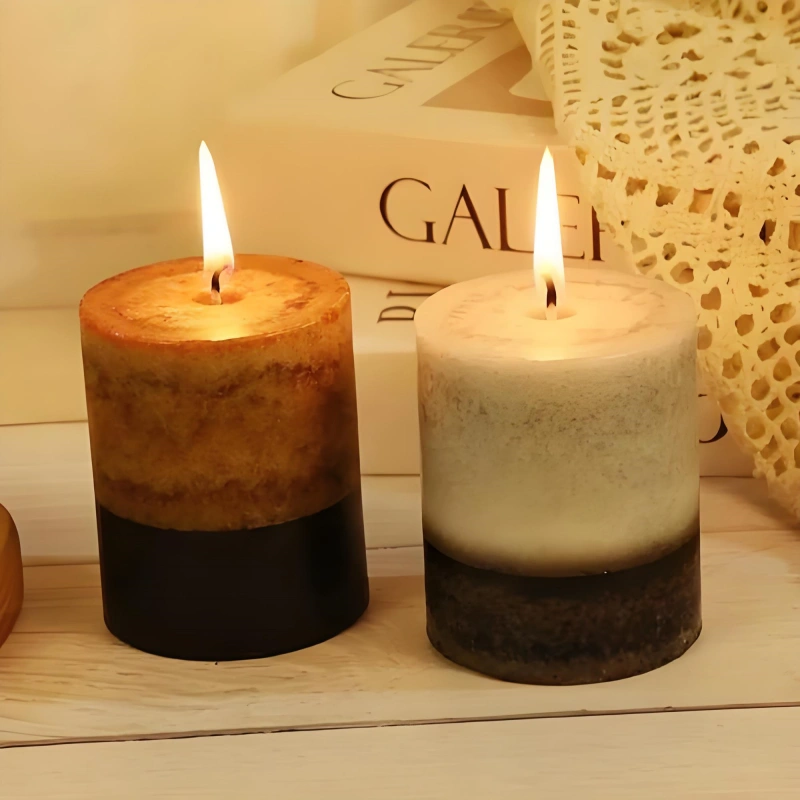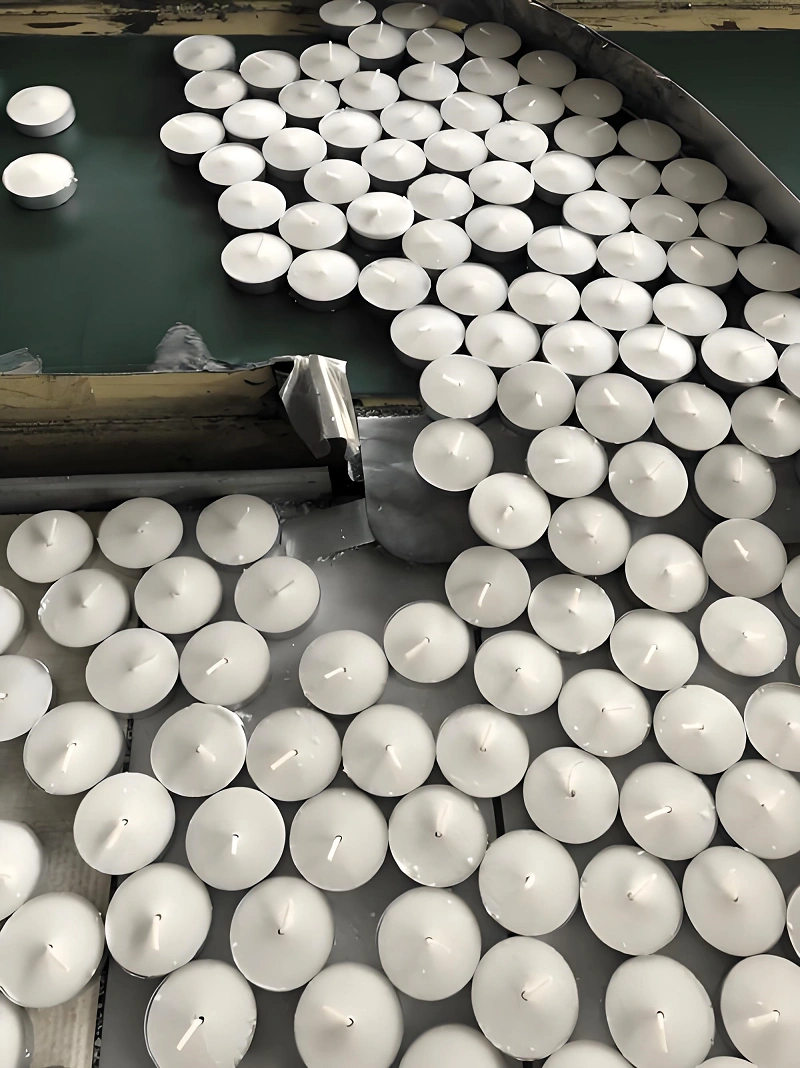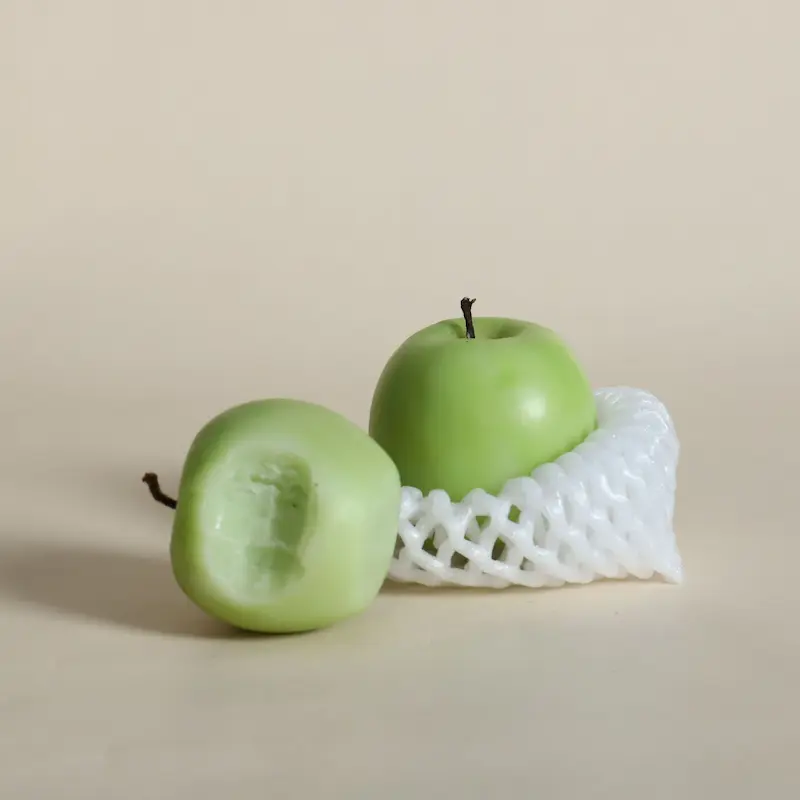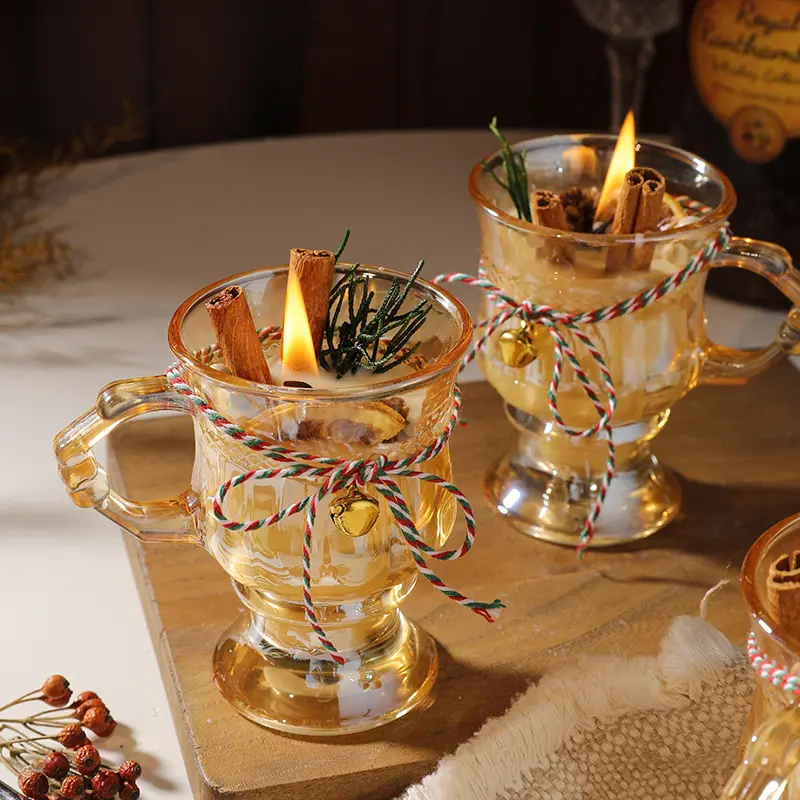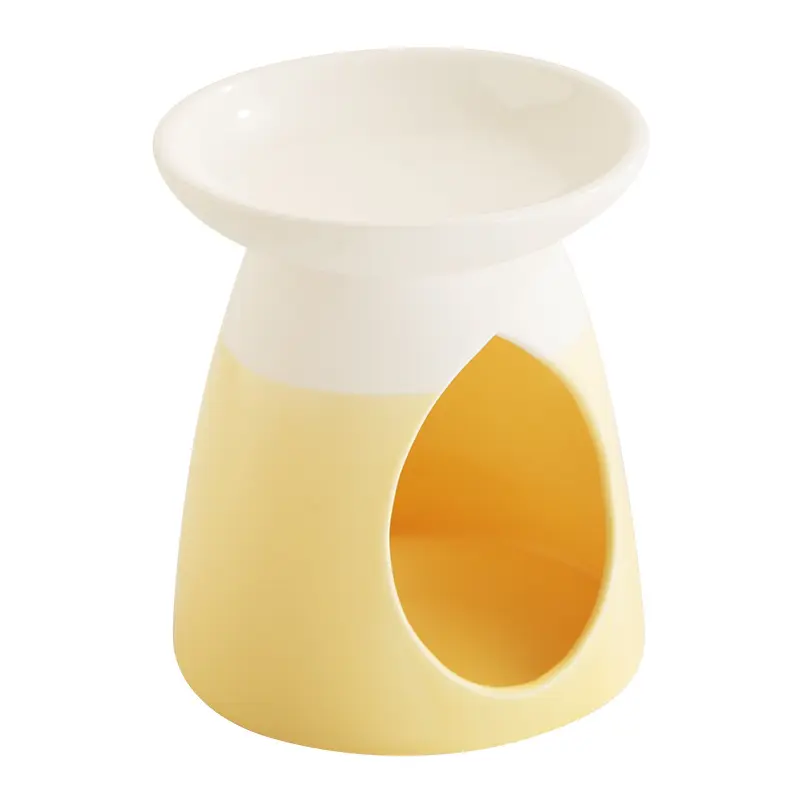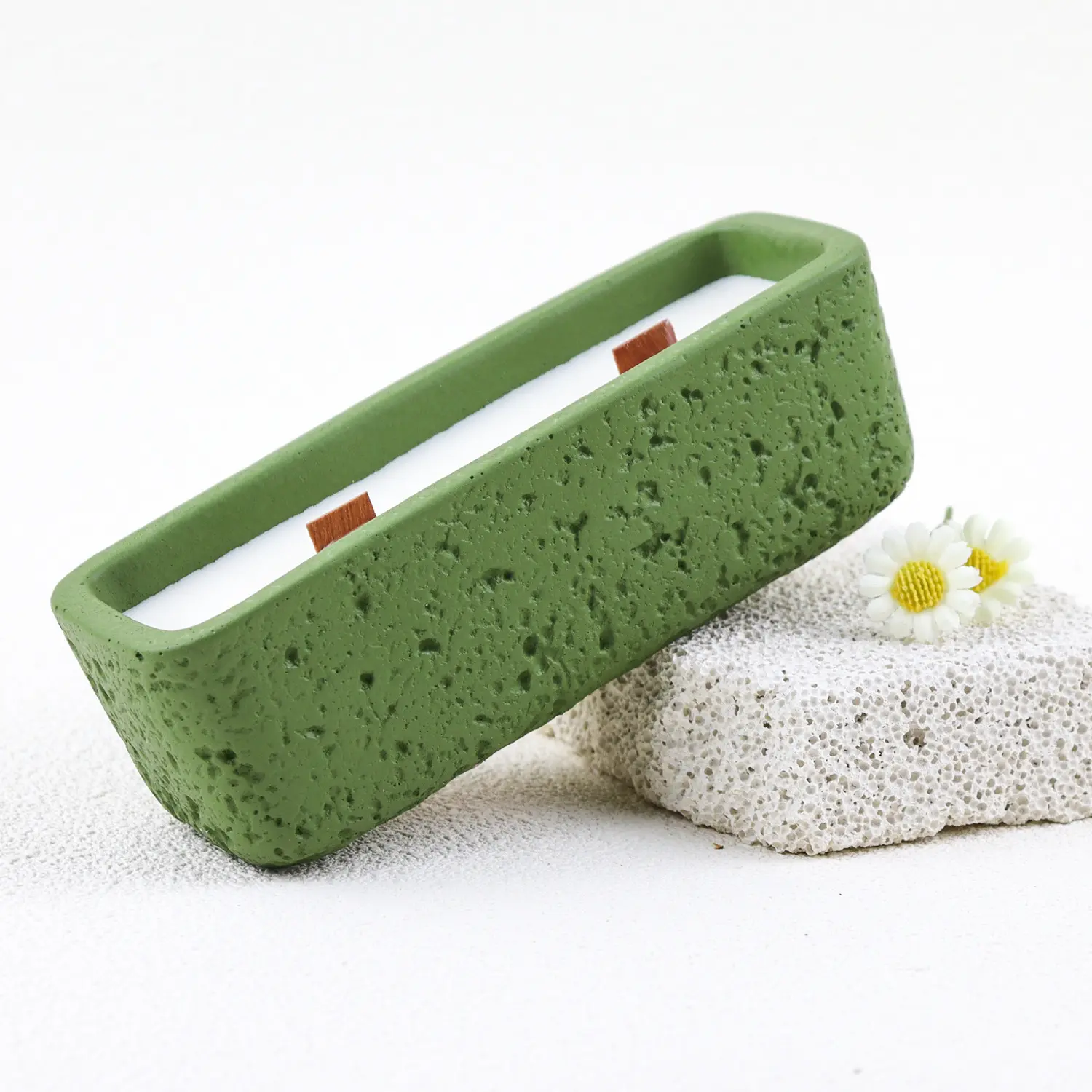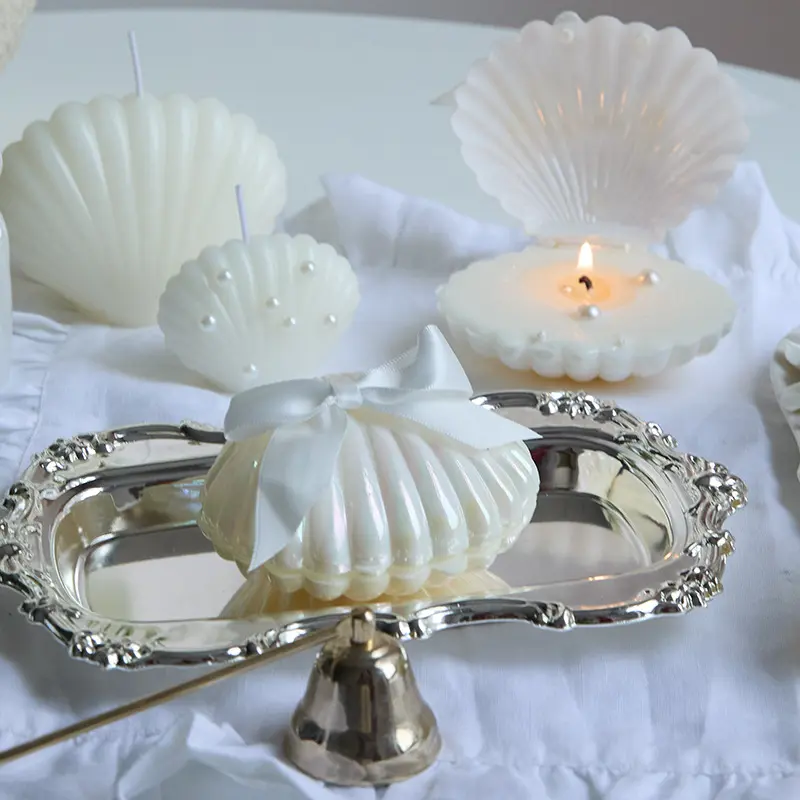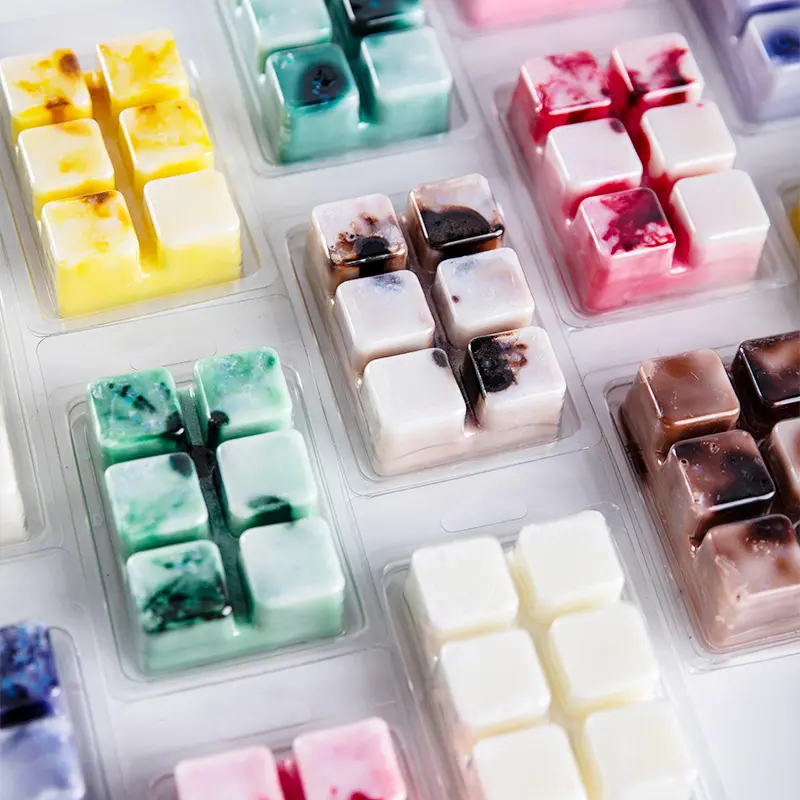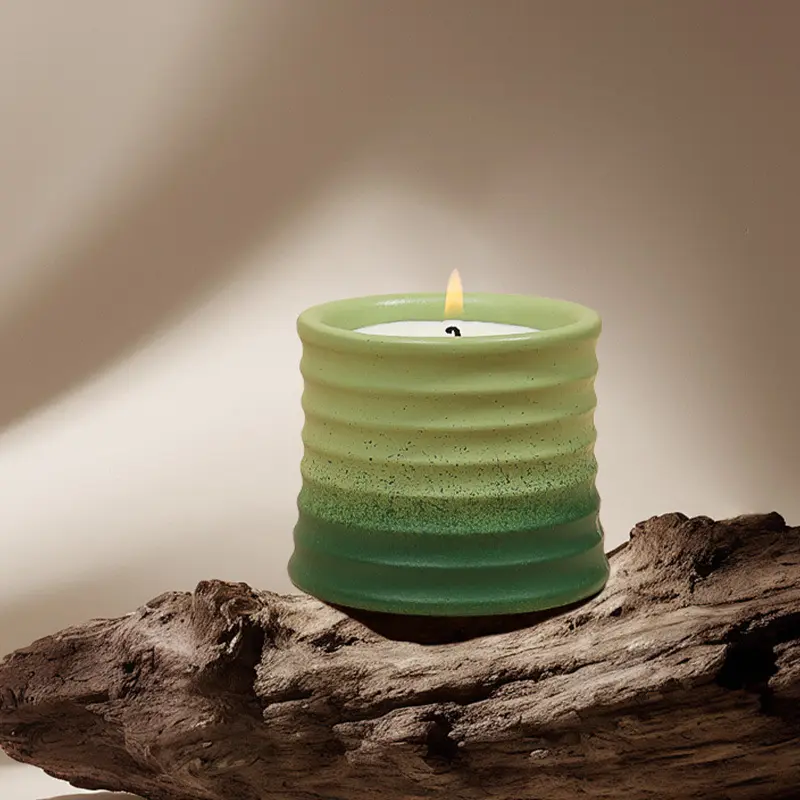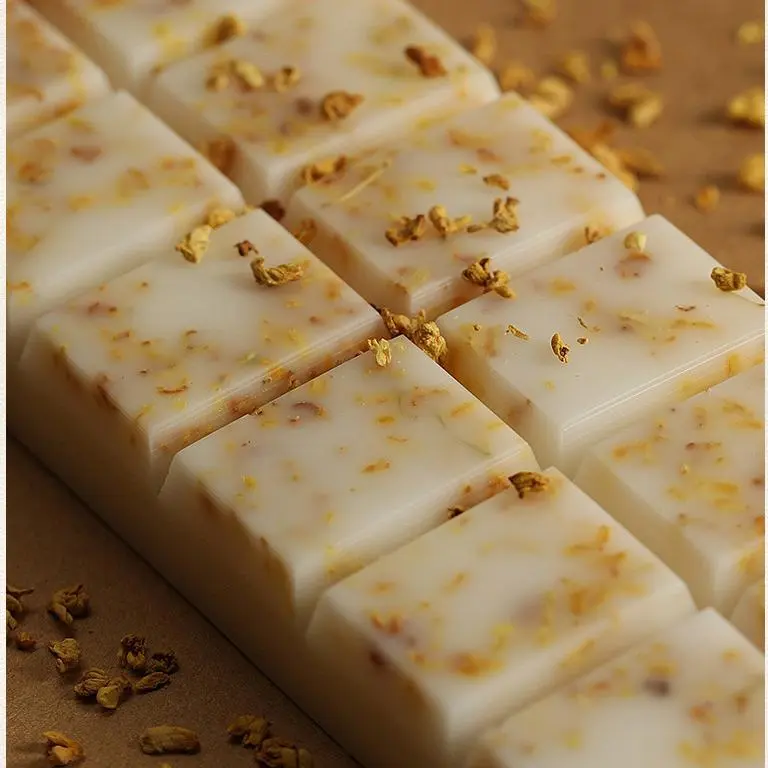How to Make Scented Candles: A Step-by-Step Guide at home.
Making scented candles at home is a rewarding and creative process. With the right materials and guidance, you can craft personalized candles for yourself or as thoughtful gifts. This article provides a detailed guide to making scented candles, including step-by-step instructions, tips, and safety precautions to ensure a successful outcome.
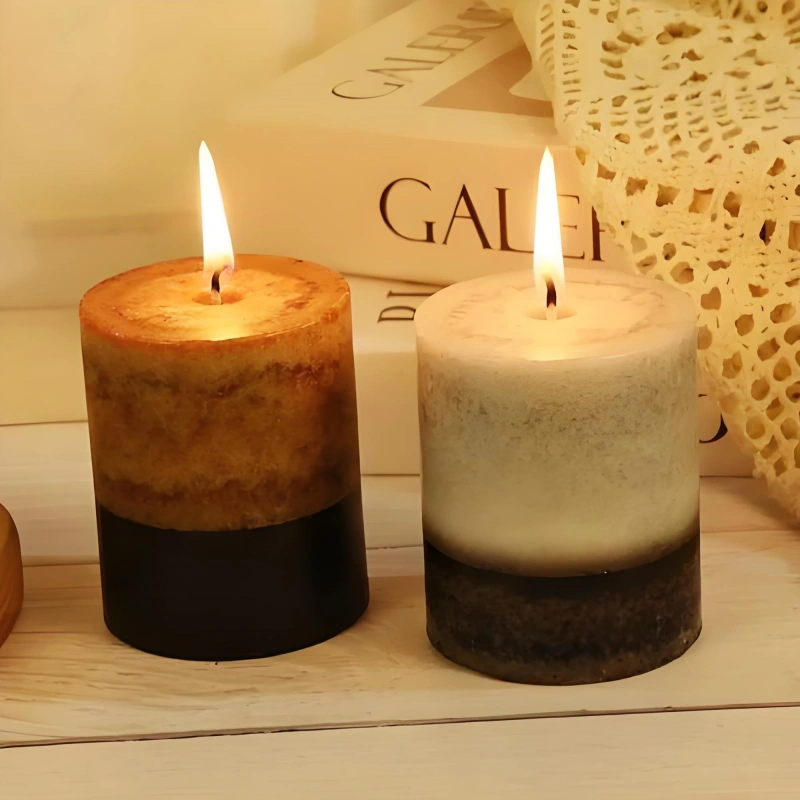
Why Make Scented Candles at Home?
Customization: Personalize fragrances, colors, and designs to suit your preferences.
Cost-Effectiveness: Making candles at home can save money compared to buying high-end scented candles.
Sustainability: Control the materials to create eco-friendly, toxin-free candles.
Therapeutic Value: Candle-making can be a relaxing and enjoyable hobby.
Materials Needed
Ingredients:
Wax: Choose from soy wax (eco-friendly and long-lasting), beeswax (natural but pricier), or paraffin wax (widely available but less eco-friendly).
Example: 1 pound (450g) of soy wax produces approximately two 8-ounce candles.
Fragrance Oil: Use high-quality essential oils or fragrance oils specifically made for candles.
Ratio: Add 1 ounce (30ml) of fragrance oil per pound (450g) of wax.
Wicks: Use pre-tabbed wicks suited to the size of your container.
Coloring (optional): Add candle dyes or mica powders for color.
Tools:
Double Boiler or Heatproof Bowl: For melting wax.
Thermometer: Essential to monitor wax temperature.
Measuring Scale: To weigh ingredients accurately.
Candle Containers: Heat-resistant glass jars, tins, or ceramic containers.
Wick Holders: Chopsticks, skewers, or wick-centering devices.
Mixing Spoon or Stick: For blending fragrances and colors.
Glue or Wick Stickers: To secure wicks to the bottom of containers.
Safety Equipment:
Heat-resistant gloves.
Protective eyewear.
A clean, well-ventilated workspace.
Step-by-Step Instructions
1. Prepare the Workspace
Clear a flat, heat-resistant surface.
Lay down newspaper or wax paper to catch spills.
Have all materials and tools within reach.
2. Choose and Prepare Containers
Select containers that are heatproof and safe for candles.
Clean and dry the containers thoroughly.
Attach the wick to the bottom center of each container using glue dots or wick stickers.
Use a wick holder to keep the wick upright and centered.
3. Measure and Melt Wax
Weigh the wax using a kitchen scale. A general rule is to use about 8 ounces of wax per 8-ounce container.
Place the wax in a double boiler or heatproof bowl over simmering water.
Heat the wax gently, stirring occasionally, until completely melted. Avoid overheating to prevent scorching.
Optimal melting temperature:
Soy wax: 120–140°F (49–60°C).
Paraffin wax: 130–160°F (54–71°C).
4. Add Fragrance Oil
Allow the melted wax to cool slightly to about 180°F (82°C) for optimal fragrance absorption.
Measure the fragrance oil (1 ounce per pound of wax) and slowly add it to the melted wax.
Stir gently for 1–2 minutes to ensure even distribution of the scent.
5. Add Coloring (Optional)
If you want colored candles, add dye or mica powder to the melted wax at 170–180°F (76–82°C).
Stir thoroughly to achieve uniform color.
6. Pour the Wax
Let the wax cool to around 140–150°F (60–65°C) to prevent cracking or sinking after pouring.
Carefully pour the wax into the prepared containers, leaving about ½ inch (1.3 cm) of space at the top.
Hold the wick in place while pouring to ensure it stays centered.
7. Let Candles Set
Allow the candles to cool and harden at room temperature for 4–6 hours.
Avoid moving the containers during this time to prevent uneven surfaces or cracks.
8. Trim the Wick
Once the wax has fully solidified, trim the wick to about ¼ inch (6mm) above the wax surface to reduce smoke and ensure a clean burn.
Tips and Tricks
Temperature Control:
Use a thermometer to monitor wax and fragrance temperatures for the best results.
Overheating the wax can degrade the fragrance and affect the candle's quality.
Testing Fragrance Throw:
Perform a test burn to check the hot throw (scent release when burning) and cold throw (scent release when unlit).
Adjust fragrance oil quantities if needed.
Avoid Overloading Fragrance:
Adding too much fragrance oil can cause the candle to burn improperly or create excess smoke.
Wick Selection:
Match wick size to the container diameter for optimal burning. Too small a wick may tunnel, while too large a wick can cause soot and overheating.
Avoid Drafts:
Place candles in a stable, draft-free area to ensure even cooling and setting.
Common Issues and Solutions
| Issue | Cause | Solution |
|---|---|---|
| Uneven surface | Cooling too quickly | Cool at room temperature and avoid drafts. |
| Cracked surface | Wax poured at too high or too low a temperature | Pour wax at 140–150°F (60–65°C). |
| Wick drowning | Wick too small or excess fragrance oil | Use the correct wick size and reduce fragrance. |
| Weak scent throw | Insufficient fragrance oil or wrong temperature | Use 1 ounce of oil per pound of wax; add at 180°F. |
Safety Precautions
Never Leave Wax Unattended: Always monitor the melting process to avoid overheating or fire hazards.
Work in a Ventilated Space: To avoid inhaling fumes, especially when using paraffin wax.
Handle Hot Wax with Care: Use heat-resistant gloves and handle containers carefully.
Keep a Fire Extinguisher Nearby: Be prepared for emergencies.
Cost Breakdown
Making scented candles at home is budget-friendly, especially for small batches. Below is an approximate cost analysis for creating two 8-ounce candles:
| Material | Cost (USD) |
|---|---|
| Soy Wax (1 lb) | $5–$7 |
| Fragrance Oil (1 oz) | $3–$5 |
| Wicks (2) | $1 |
| Containers (2) | $3–$6 |
| Dye (optional) | $1–$2 |
| Total | $13–$21 |
Conclusion
Making scented candles is an enjoyable process that allows for creativity and personalization. By carefully following the steps and considering the tips provided, you can create high-quality candles that are perfect for your home or as gifts. Whether you’re a beginner or an experienced DIY enthusiast, the satisfaction of crafting your own candles is unparalleled. So gather your materials, experiment with scents and colors, and enjoy the art of candle-making!
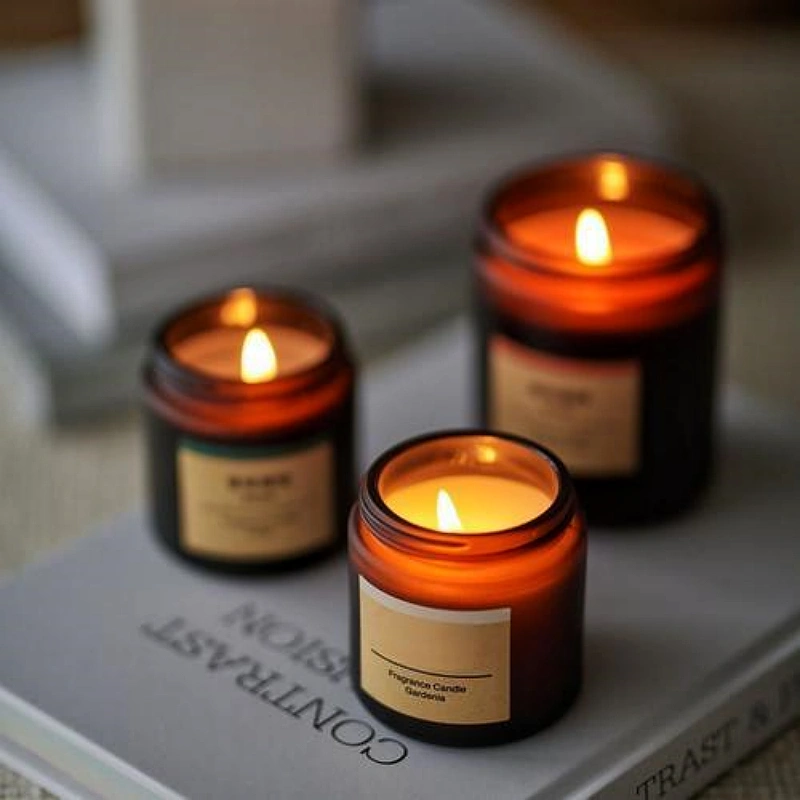
How to Make Scented Candles in a Large-Scale Factory
Scented candles are a popular home décor and lifestyle product, valued for their ability to create ambiance and enhance the mood with a variety of fragrances. Producing them in a large-scale factory involves precision, automation, and stringent quality controls to meet market demands. This article outlines the detailed steps, equipment, and considerations for manufacturing scented candles in a factory setting.
Step 1: Planning and Sourcing Raw Materials
Before production, careful planning is essential to ensure efficiency and consistency in the final product.
Key Raw Materials
Wax (50-60% of the candle composition):
Common types include paraffin wax, soy wax, and beeswax.
Example: A 10,000-unit batch may require approximately 1,500 kg of wax.
Fragrances (5-10% of the candle composition):
Fragrance oils or essential oils.
Usage Example: A 10% fragrance load in a 300 g candle requires 30 g of oil per candle.
Wicks:
Selected based on candle size, wax type, and container dimensions.
Pre-waxed and pre-tabbed wicks are commonly used for efficiency.
Containers:
Glass jars, tins, or molds made of heat-resistant materials.
Dyes (Optional):
Liquid or powder dyes for aesthetic appeal.
Additives:
Stearic acid for improved burning, UV inhibitors to prevent discoloration.
Key Considerations
Supply Chain: Partner with reliable suppliers for consistent quality and bulk pricing.
Storage: Maintain proper storage conditions (cool, dry, and well-ventilated) for raw materials.
Step 2: Melting the Wax
Equipment Needed
Industrial Melters:
Capable of heating large quantities of wax (500–1,000 kg per batch).
Example: A melter with a 1,000 kg capacity can prepare wax for 3,300 candles (300 g each) in one cycle.
Temperature Controls:
Wax melting point: 50–70°C (varies by wax type).
Process
Load Wax: Add raw wax into the melter.
Heat Wax: Gradually heat to the recommended temperature (e.g., 60°C for soy wax).
Monitor: Use digital thermometers to avoid overheating, which can degrade wax quality.
Quality Control
Ensure no foreign particles or impurities remain in the melted wax. Use filters if necessary.
Step 3: Mixing Fragrance and Additives
Equipment Needed
Mixing Tanks:
Equipped with agitators for even distribution of fragrance and additives.
Process
Measure Fragrance: Use precision weighing machines to ensure accurate fragrance-to-wax ratios (e.g., 10% fragrance load for luxury candles).
Add to Wax: Pour fragrance into the melted wax at 50–60°C (depending on flashpoint of fragrance oil).
Blend: Agitate the mixture for 10–15 minutes to ensure homogeneity.
Quality Control
Conduct scent throw tests (both cold and hot) to verify fragrance strength.
Step 4: Preparing Wicks and Containers
Equipment Needed
Wick Setting Machines:
Automated machines place and center wicks in containers.
Pre-heating Tunnels:
Heat containers to prevent temperature shocks that may cause wax cracking.
Process
Wick Assembly: Use machines to attach pre-tabbed wicks to the bottom of each container.
Secure Wicks: Use adhesive pads or wick holders to keep wicks in place.
Pre-Heat Containers: Warm containers to approximately 30°C for optimal wax adhesion.
Step 5: Pouring Wax
Equipment Needed
Automated Wax Pouring Systems:
Adjustable nozzles for precise pouring into containers.
Process
Set Parameters: Calibrate the pouring system for the required fill volume (e.g., 300 g per candle).
Pour: Fill containers with wax mixture. Maintain a steady flow to avoid air bubbles.
Cooling: Allow candles to cool at room temperature or in controlled cooling tunnels (15–20°C).
Quality Control
Check for:
Smooth wax surfaces.
Proper wick placement.
Absence of air bubbles or sinkholes.
Step 6: Surface Finishing
Equipment Needed
Heat Guns or Surface Smoothing Machines.
Process
Re-melt the top layer of the candle to create a smooth, polished surface.
Step 7: Labeling and Packaging
Equipment Needed
Labeling Machines:
Automatically apply brand labels and safety instructions.
Packaging Lines:
Box and seal candles for shipping.
Process
Label: Apply labels with branding, fragrance name, and burn instructions.
Pack: Insert candles into boxes with padding to prevent breakage during transit.
Batch Coding: Add batch numbers for traceability.
Quality Control
Ensure alignment of labels and accuracy of printed information.
Step 8: Testing and Quality Assurance
Key Tests
Burn Test:
Test samples for burn time and scent throw.
A 300 g candle should burn for 40–50 hours.
Fragrance Retention:
Verify that the fragrance remains potent after cooling.
Safety Compliance:
Confirm compliance with Canadian and international safety standards (e.g., ASTM F2417).
Step 9: Storage and Distribution
Storage Guidelines
Store finished candles in a cool, dry area (20–25°C).
Avoid direct sunlight to prevent discoloration.
Distribution
Partner with reliable logistics providers to ensure timely delivery.
Key Considerations and Tips
Automation:
Large-scale factories should invest in automation to increase efficiency and reduce labor costs.
Automated lines can produce 1,000–2,000 candles per hour depending on machine capacity.
Sustainability:
Use eco-friendly wax (e.g., soy or coconut) and recyclable packaging to appeal to environmentally conscious consumers.
Example: Switching to soy wax can reduce carbon footprint by 60% compared to paraffin wax.
Worker Safety:
Equip workers with protective gear (gloves, masks) to handle hot wax and fragrances safely.
Maintain proper ventilation to reduce exposure to fumes.
Cost Efficiency:
Bulk purchasing of raw materials reduces production costs.
For instance, buying wax in 20-ton shipments can save up to 15% compared to smaller quantities.
Market Trends:
Monitor consumer preferences for new fragrances or eco-friendly packaging options.
Example: In 2023, natural scents like lavender and eucalyptus ranked among the top-selling fragrances.
Conclusion
Manufacturing scented candles in a large-scale factory requires meticulous planning, advanced equipment, and stringent quality controls. By following the outlined steps, factories can produce high-quality candles that meet consumer demands and safety standards. Attention to automation, sustainability, and worker safety ensures long-term profitability and customer satisfaction.
